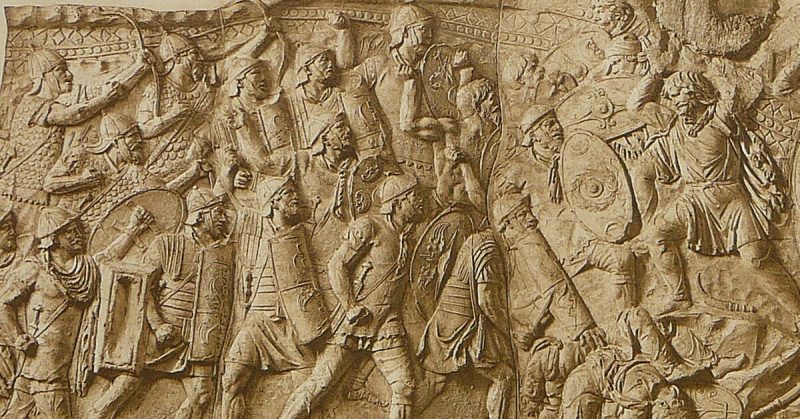Although the armies of Rome were famous for their hard-hitting legionaries, they also used a range of other troops. Cavalry, slingers, and light infantry all played their part. Among them were the archers.
Roman Auxiliaries
Roman archers were always drawn from the nation’s auxiliary units. Less highly trained and less respected than the legionaries, these men were not citizens of the empire. Instead, they were allies or people from conquered territory. They served the Romans for pay and the promise of citizenship when their work was completed.
Auxiliaries came from all over the empire and beyond. Cavalry from the Celtic tribes. Slingers from the Balearic region. Archers were Cretan at the time of Julius Caesar, then later drawn from Syria and the Eastern Mediterranean. They were organized into smaller groups than the legionaries, making it easier to move them flexibly around the empire as strategy required. These small units were also a security measure, as they would be relatively easy for the legions to put down in the event of a revolt.
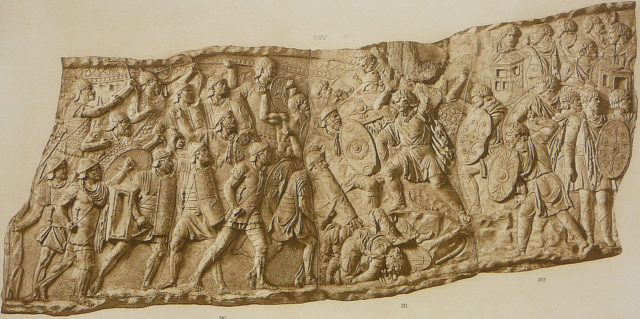
As foreigners rather than Roman citizens, the auxiliaries were not regarded as equals to their comrades in the legions. Their role was often minimized in depictions of the army, both in writing and in art. On Trajan’s column, auxiliaries are seen, but in small numbers compared to their importance.
Trajan’s Column also hints at the pride these men took in their role. Each unit depicted on the column had its own distinctive uniform. They were not a disorganized rabble, but proud warriors earning status and wealth through the risks they took. When they went home at the end of their fighting careers, they did so as men of status, bringing Roman culture and learning to their people.
The Equipment of Roman Archers
Roman archers fought using composite bows, like the horsemen of the Asian steppes. Made from layers of wood, bone, horn, and sinew, they were strong and springy, packing a lot of punch for weapons of their size. Stiffer parts on the ends of the bow and the hand grip gave the string greater leverage and kept the bow from bucking when it was fired, increasing accuracy.
These were much less powerful than the bows that would strike dread into knights in the late Middle Ages. With a draw weight of around 90 lbs, they had half the power of the later English longbow. For the time this was a lot of power.
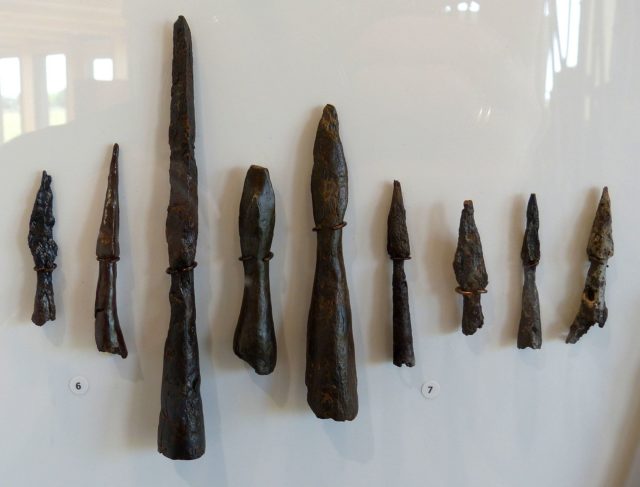
Arrows were also relatively sophisticated. The archers used different arrow heads depending on what sort of opponents they faced.
Against unarmoured foes, such as the Germanic tribesmen of central Europe, they used broad-headed arrows that maximized damage, slicing through flesh and veins.
Confronted with the more heavily armored troops of the East, they used narrower, more pointed bodkin arrows, which were less devastating to the flesh but capable of piercing armor.
Shafts could be made of reed or cane as well as wood. The head was fixed in place with a wooden pile so the arrow would not shatter on impact and lose its force.
As well as their bows and arrows, each archer had a bracer to protect his wrist from the bowstring. They also had leather finger guards or a metal thumb ring for pulling the string. They wore chainmail or leather armor and carried a sword for close quarters fighting.
How the Romans Used Archers
Archers were used differently depending upon the commander and the situation.
Under Caesar, they were largely a defensive tool, screening the rest of the army from cavalry attacks or protecting the flanks.
Vespasian turned them into a more independent and decisive feature of combat. They withstood the onslaught of Jewish troops on one occasion and seized a hill from which to provide covering fire on another. During the street fighting in Jerusalem under Titus, they held the ends of streets, cutting down opponents with hails of arrows.
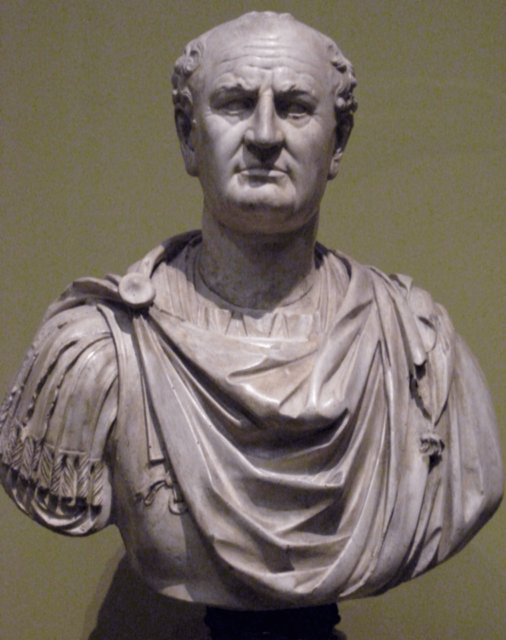
One key tactic was to place the archers behind the legionaries. From there, they launched indirect bombardments that disrupted formations and weakened the enemy before the main attack. This was a recurring theme of their role however they were deployed. Battles were not won or lost by volleys of arrows, but they could set the legions up for victory.
Distance was always a limiting factor. At its longest range, a Roman composite bow could reach 165-230m, depending upon the quality of the bow and the archer. The range at which they were most effective as a weapon was 50-150m. Even at these distances, what mattered was not individual accuracy so much as the ability to land a large volley of arrows on a large body of troops.
Changing Times
As the centuries passed, the Roman army changed, and so did the role of the archers within it. Auxiliaries and outsiders became more important. From the late 3rd century onward, archers were increasingly just one more element in a diverse and varied army.
The 4th and 5th centuries, in particular, saw a change in Roman military archery and attitudes toward archers.
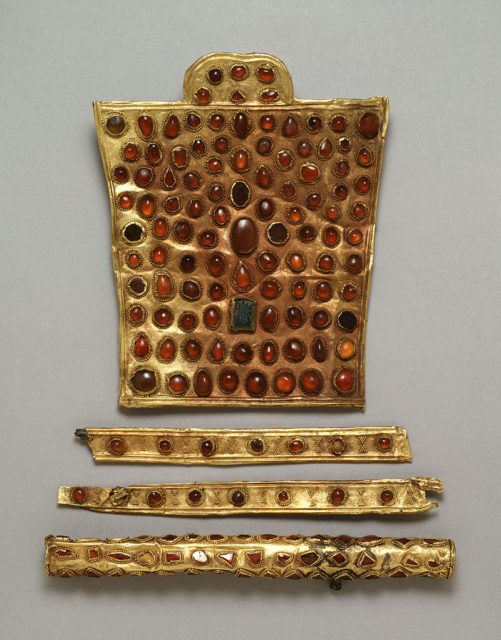
Encounters with the Huns led the Romans to adopt their style of archery. New styles of bows and saddles made horse archery a useful tool. Mounted bowmen became a prominent part of Roman armies, sometimes even the core battle line.
Meanwhile, the social status of archery was improving. Generals and emperors, who previously would never have touched a bow, were praised for their skill as archers.
Archery had always been part of Roman warfare. Sadly for archers, it was only during the decline of the empire that their value was publically recognized and they became truly central to the armies they fought in.
Sources:
John Conyard, “Recreating the Late Roman Army,” in Alexander Sarantis and Neil Christie (eds), War and Warfare in Late Antiquity (Brill, 2013).
- C. N. Coulston, “Late Roman Military Equipment Culture,” in Alexander Sarantis and Neil Christie (eds), War and Warfare in Late Antiquity (Brill, 2013).
- M. Gilliver, The Roman Art of War (Tempus, 1999).
Sir Ian Richmond, Trajan’s Army on Trajan’s Column (The British School at Rome, 1982).
I P Stephenson, Roman Infantry Equipment: The Later Empire (Tempus, 1999).
